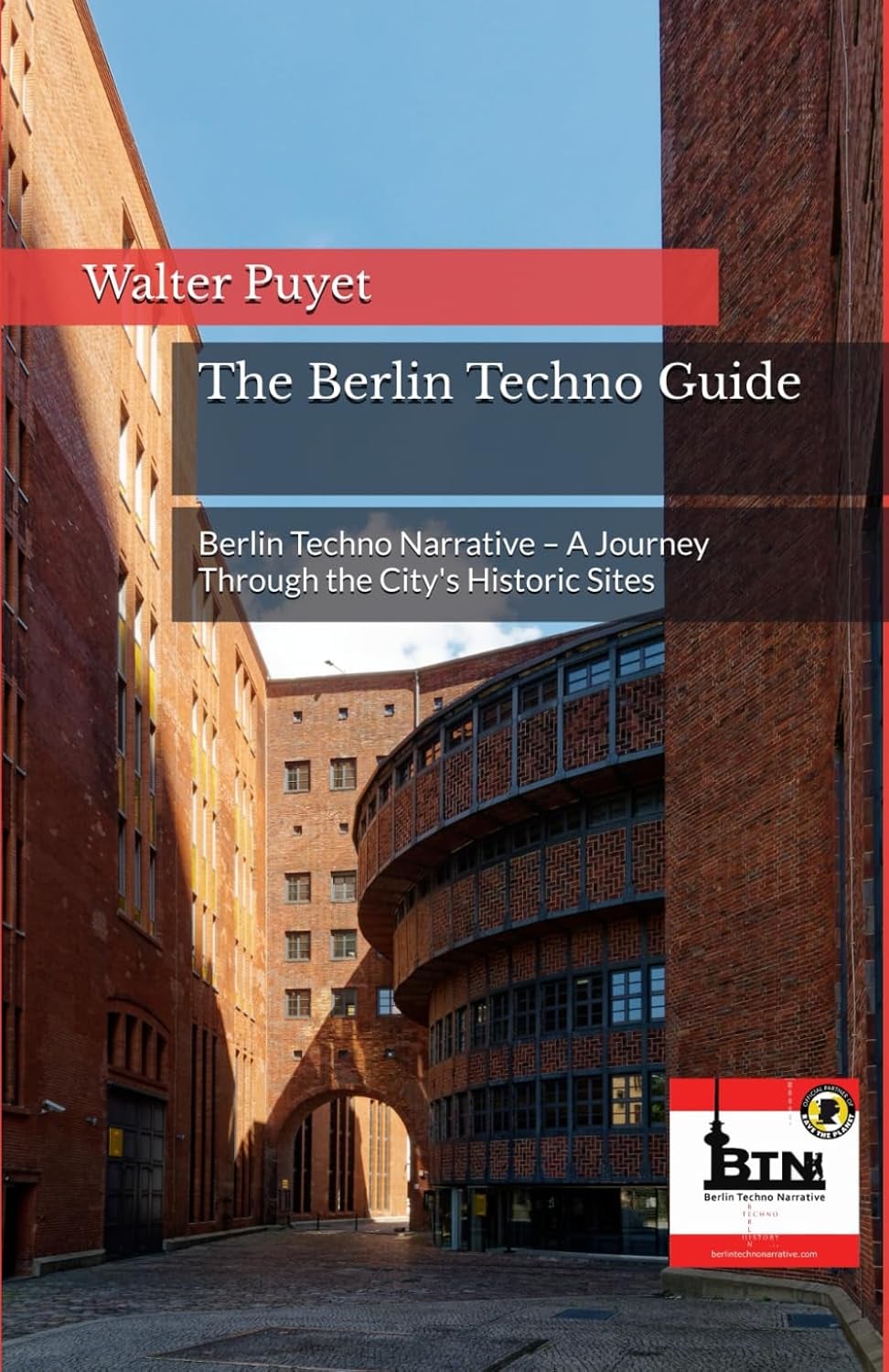"Historic Site Related to Techno Music in Berlin"
- Details
- Category: "Historic Site Related to Techno Music in Berlin"
- Hits: 2061
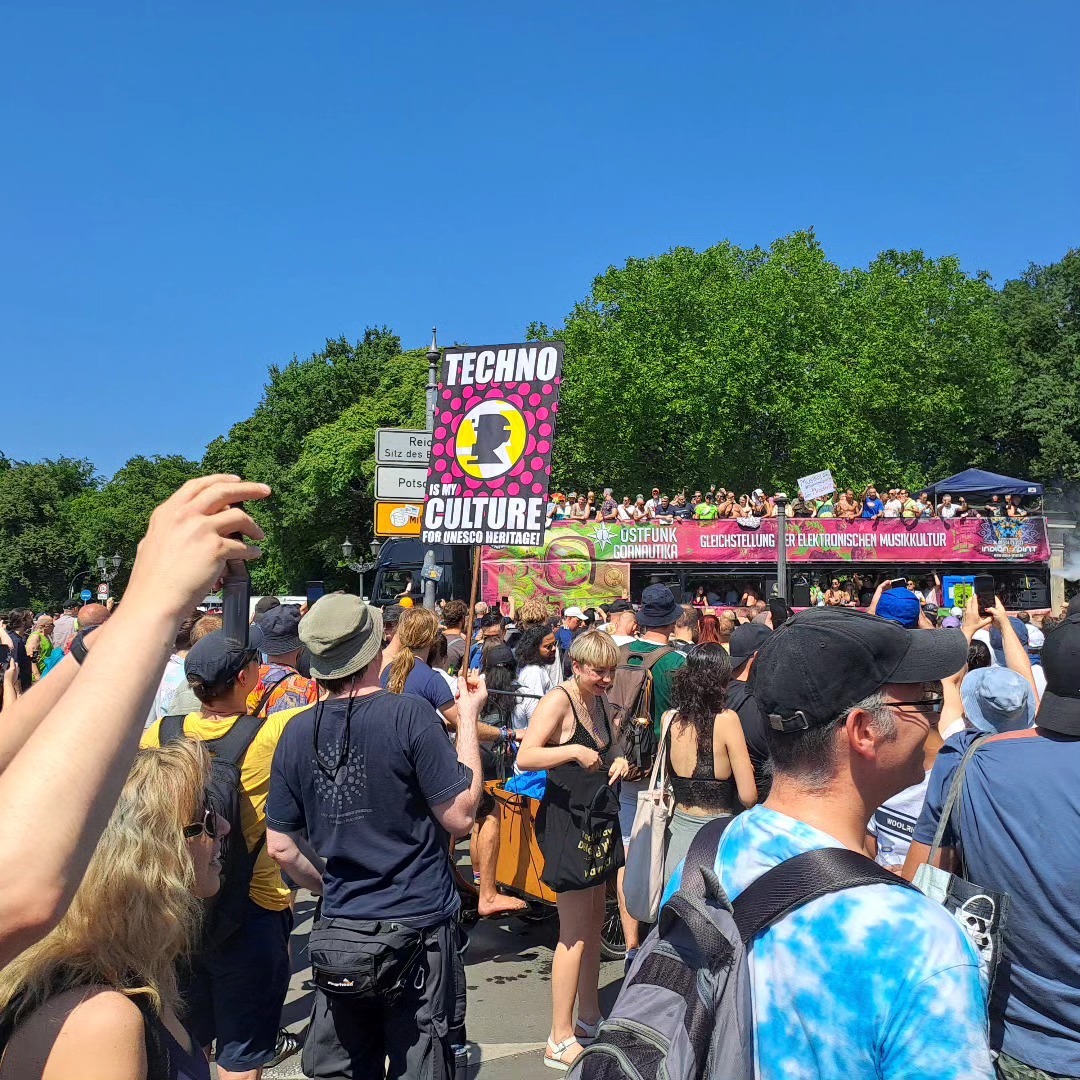
Berlin Techno Enters History:
UNESCO Recognition in Service of a Living Culture
March 13, 2024, marks a historic date for electronic culture: Berlin's techno culture has officially been added to the Register of Intangible Cultural Heritage in Germany. This achievement, the result of over a decade of advocacy, was spearheaded by the non-profit organization Rave The Planet, co-founded by the legendary Dr. Motte, father of the Love Parade.
Behind this announcement lies the long-awaited recognition of an entire subversive, community-based, and deeply human culture. But what does this recognition really mean? What are the stakes and the consequences? And how does this initiative fit into a broader global vision of cultural transmission? Here’s a complete overview—in English—of this pivotal moment in the history of Berlin techno.
A Vision Born in 2011:
Bringing Techno into Humanity’s Cultural Heritage
The idea first emerged in 2011. Mathematician and musicologist Hans Cousto, alongside Dr. Motte and other key figures of Berlin’s techno scene, proposed that this culture should be preserved as part of humanity’s heritage. Although the initial project did not survive the closure of the Tacheles art center, it was revived through Rave The Planet, which relaunched the initiative in 2019 with a dedicated team.
Despite an initial rejection of the application by Berlin’s senator for culture in 2022, the movement persisted. In 2023, the file was revised, strengthened with research, interviews, a documentary, and supported by numerous cultural institutions. In March 2024, recognition became official: Berlin's techno culture was added to the federal register of intangible cultural heritage.
What Is Intangible Cultural Heritage?
UNESCO—the United Nations Educational, Scientific and Cultural Organization—defines intangible cultural heritage as the practices, expressions, knowledge, and skills that communities recognize as part of their living heritage.
Unlike monuments or physical objects, this heritage is alive: it evolves, is passed down, and constantly reinvented. It includes dances, languages, rituals—but now also contemporary musical cultures such as techno.
Germany ratified the 2003 Convention in 2013. Each Land (region) can submit nominations at the national level. This is the first step Berlin’s techno culture has successfully completed in 2024, a prerequisite for any international recognition.
Why Berlin Techno?
Berlin is more than a global epicenter of techno. Since the fall of the Wall in 1989, the city has seen the emergence of a culture deeply rooted in values of freedom, inclusion, tolerance, and creativity. Abandoned industrial spaces turned into clubs, a DIY aesthetic, a welcoming queer scene, DJs as cultural ambassadors—all contributed to shaping a unique identity.
Rave The Planet championed this perspective: Berlin techno is not just a musical genre. It is a comprehensive cultural form, blending music, performance, visual art, alternative thought, social engagement, and urban experimentation.

The Benefits of UNESCO Recognition
Being listed as intangible cultural heritage doesn’t guarantee direct funding. But it brings global visibility and opens doors:
-
Global recognition: Berlin’s scene is now officially acknowledged as cultural heritage worth preserving.
-
Political leverage: Clubs can better defend themselves against real estate speculation, restrictive regulations, or noise complaints.
-
Access to funding: Recognition can facilitate public grants and support.
-
Tax advantages: Some cultural activities may qualify for reduced VAT rates.
-
Educational development: Workshops, exhibitions, documentaries, and educational projects can be developed to pass on the culture to younger generations.
What Still Needs to Be Done: Protect Without Freezing
Rave The Planet has made it clear: recognition is not the end—it's a commitment. Techno cannot be turned into a museum piece, nor institutionalized to the point where it loses its experimental and living essence.
“Clubs are living spaces, not museums. It’s in the collective experience that techno finds its true meaning.”
This recognition also raises complex questions:
-
Who defines what “techno culture” really is?
-
How do we preserve a subversive culture without institutionalizing it?
-
How can we reconcile official recognition with the scene’s independence?
UNESCO’s goal is precisely to protect living transmission, rooted in active participation and constant evolution. The point is not to freeze techno in a glorious past, but to ensure it continues to live, grow, and inspire.
A Project for the Planet
Berlin’s success can inspire other scenes. Dr. Motte himself said so on Maxximum, during an interview with Berlin Techno Narrative:
“One day I’d like to see the whole planet register electronic music culture with UNESCO. We have this culture in Germany, but also in France, Belgium, Spain, Italy… It would be cool and useful. With this status, we have a future.”
This project isn’t a nostalgic celebration. It’s a political, cultural, and social act. In a world where alternative cultures are threatened by gentrification, standardization, or prejudice, this recognition gives meaning, legitimacy, and strength back to those who keep techno alive, night after night.
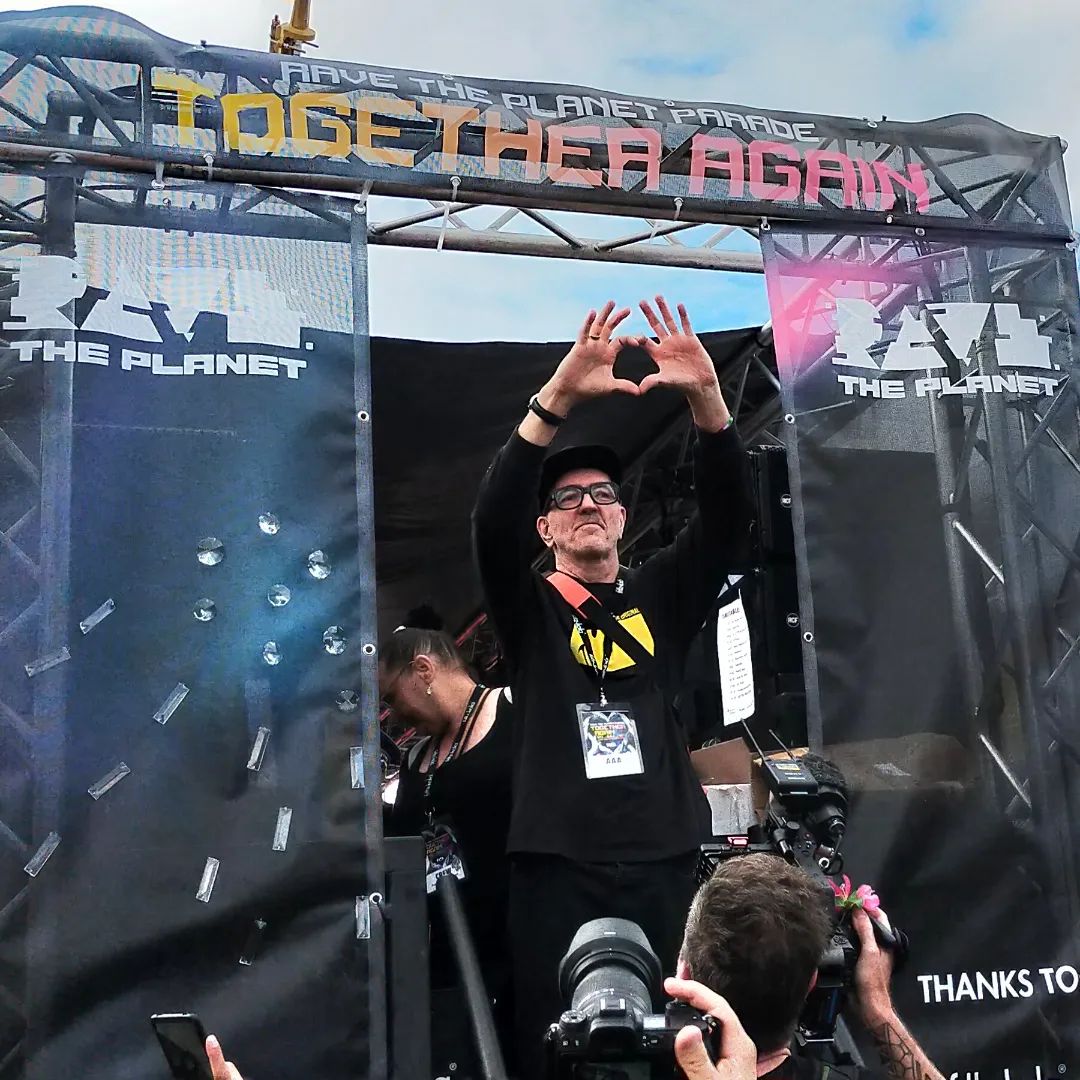
An Invitation to Participate
Rave The Planet isn’t stopping here. The mission continues: organizing conferences, protecting venues, passing on the spirit of techno parades, supporting artists—and encouraging other communities worldwide to launch similar initiatives.
If you’re reading this, you can also take part in this transmission: by going to clubs, supporting the scene, talking about it, defending these spaces of freedom that are essential to an inclusive society. The Rave The Planet parade, every year in Berlin’s streets, is your chance to show your support!
In Conclusion
UNESCO’s recognition of Berlin techno culture is a symbolic victory—but above all, a springboard toward the future. It confirms what many already knew: techno is not just a sound. It’s a living culture, a way of life, a collective response to a universal need for connection, liberation, and creation.
It is now part of history. It’s up to us to ensure it stays alive.
As Rave The Planet and UNESCO recognize Berlin techno as intangible cultural heritage, Berlin Techno Narrative is committed to preserving this memory on the ground.
My guide documents the places that shaped this culture—even those erased by gentrification or time—so that the history of the scene is never silenced.
- Details
- Category: "Historic Site Related to Techno Music in Berlin"
- Hits: 1931
Love Parade
Love Parade:
A Sonic Revolution in the Heart of Berlin
July 1st, 1989, Berlin – 4:00 PM. On the north side of Wittenbergplatz, three small vans start blasting acid house into the street. About 150 people begin dancing along the Kurfürstendamm, under the puzzled gaze of passersby. It’s raining. The parade ends in front of the famous KaDeWe department store, and the party continues later that night at the iconic UFO club. A revolution is born.
Dreamed up by Matthias Roeingh, a.k.a. Dr. Motte, and inspired by the illegal raves in England, the Love Parade was officially declared as a political demonstration. The message was as simple as it was radical: Peace, Joy and Pancakes (Friede, Freude, Eierkuchen). A political celebration of dance, electronic music, and freedom.
From 150 Dancers to 1.5 Million Ravers:
A Global Movement (1989–1999)
From its humble beginnings in 1989 with 150 participants, the Love Parade grew to attract 500,000 people by 1995, overwhelming the Ku’damm and prompting a move to the now-iconic route along the Straße des 17. Juni, from Ernst-Reuter-Platz to the Brandenburg Gate. In 1999, the event reached its peak: 1.5 million people dancing through Berlin, with the Victory Column (Siegessäule) at the heart of the celebration.
The Love Parade had become a global cultural phenomenon, showcasing Berlin as the capital of electronic music.
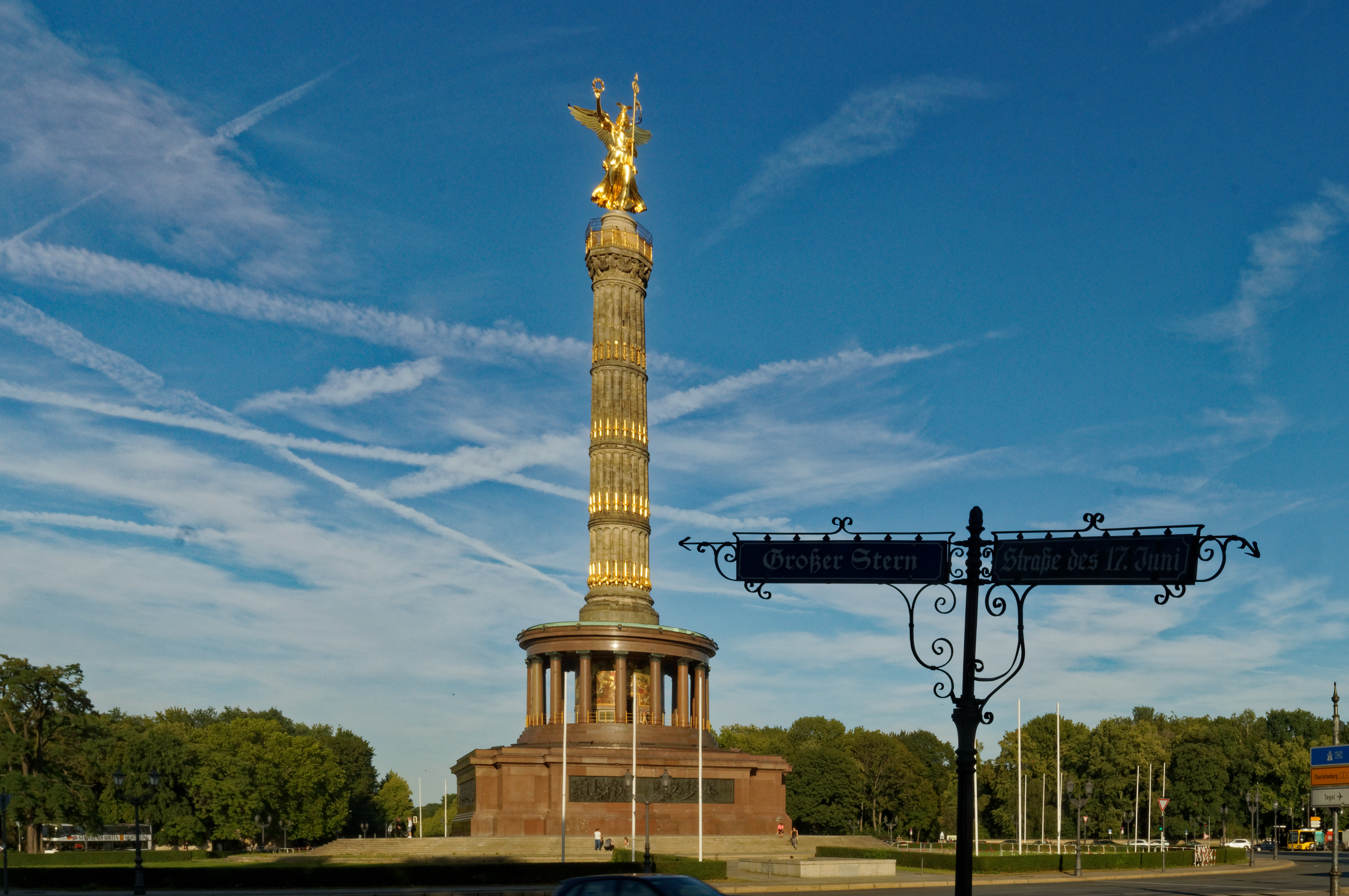
Not Just a Party – A Political Statement
Far from being just a DJ parade, the Love Parade carried a clear political intention: to unite people through music, to promote peace, and to foster a culture of sharing.
From the very beginning, the slogans reflected this message: The Future is Ours (1990), Peace on Earth (1995), We Are One Family (1996), Music is the Key (1999)...
Starting in 1997, each edition ended with a closing speech by Dr. Motte, delivered in front of the Victory Column (Siegessäule). These speeches were broadcast on local radio stations (notably Radio Fritz), aired on various TV channels, and synchronized across all the parade floats.
They served as a powerful reminder of the Love Parade’s core message: bringing people together beyond all borders.
A Cultural and Economic Force
The Love Parade was also a dream machine — and a generator of souvenirs.
As early as 1991, merchandising (T-shirts, badges, CDs, pins, beer cans…) helped fund the event.
Starting in 1996, official compilations were released by Low Spirit Recordings, featuring the most iconic tracks and annual anthems.
Even the slogan itself became a product.

Compilations at the 2019 Love Parade exhibition
Behind the Scenes: A Collective Effort
Although Dr. Motte is often considered the face of the Love Parade, the event was built by a passionate collective:
-
Danielle de Picciotto, co-initiator and fashion visionary
-
Westbam, Kid Paul, and Jonzon, who recorded the first mix tapes
-
Sandra Molzahn and William Röttger, producers and label founders
-
Ralf Regitz, co-director of Planetcom and E-Werk
-
Jürgen Laarmann, editor of Frontpage and co-creator of the logo
From the early flyers to the massive float logistics, these unsung heroes shaped the Parade’s success.
A Turning Point in the 2000s:
From Utopia to Decline
In 2001, the Federal Constitutional Court ruled that the Love Parade was no longer a political demonstration but a commercial event. This had major consequences: organizers now had to pay for cleanup, police, and infrastructure. Financial pressure increased, and many labels withdrew.
In 2003, fences were erected to protect the Tiergarten’s greenery, frustrating ravers. Critics decried the growing commercialization. After two cancelled editions in 2004 and 2005, the event returned in 2006 under the slogan “Love is Back”, but this time with McFit as the main sponsor — a sign of how far things had shifted.
Even Dr. Motte distanced himself, preferring to speak at the counter-event, the Fuckparade.
A Techno Heritage Worth Preserving
The Love Parade may have stopped, but its legacy lives on. It laid the groundwork for the Berlin techno identity, influencing generations of DJs, clubbers, and activists.
The two historical routes — from Wittenbergplatz to Ku’damm (1989–1995) and from Ernst-Reuter-Platz to Brandenburg Gate (1996–2006) — are now symbolic paths through the city’s techno history.
 Float Friede,Freude,Eierkuchen CSD 2019 in front of the
Float Friede,Freude,Eierkuchen CSD 2019 in front of the
the Kaiser-Wilhelm-Gedächtniskirche on the Love Parade route from 1989 to 1995
Did you like this article? Then you're going to love going further...
Our guide traces its evolution year by year, and takes you on a discovery of the key venues on Berlin's techno scene.
Guide to Berlin's historic Techno venues:
(inviting you to follow the old Parade routes, explore clubs and mythical squares, and experience Berlin in a different way)
https://www.amazon.co.uk/dp/B0F92J44Z7
- Details
- Category: "Historic Site Related to Techno Music in Berlin"
- Hits: 837
Tacheles
Friedrichstraße 110, 10117 Berlin
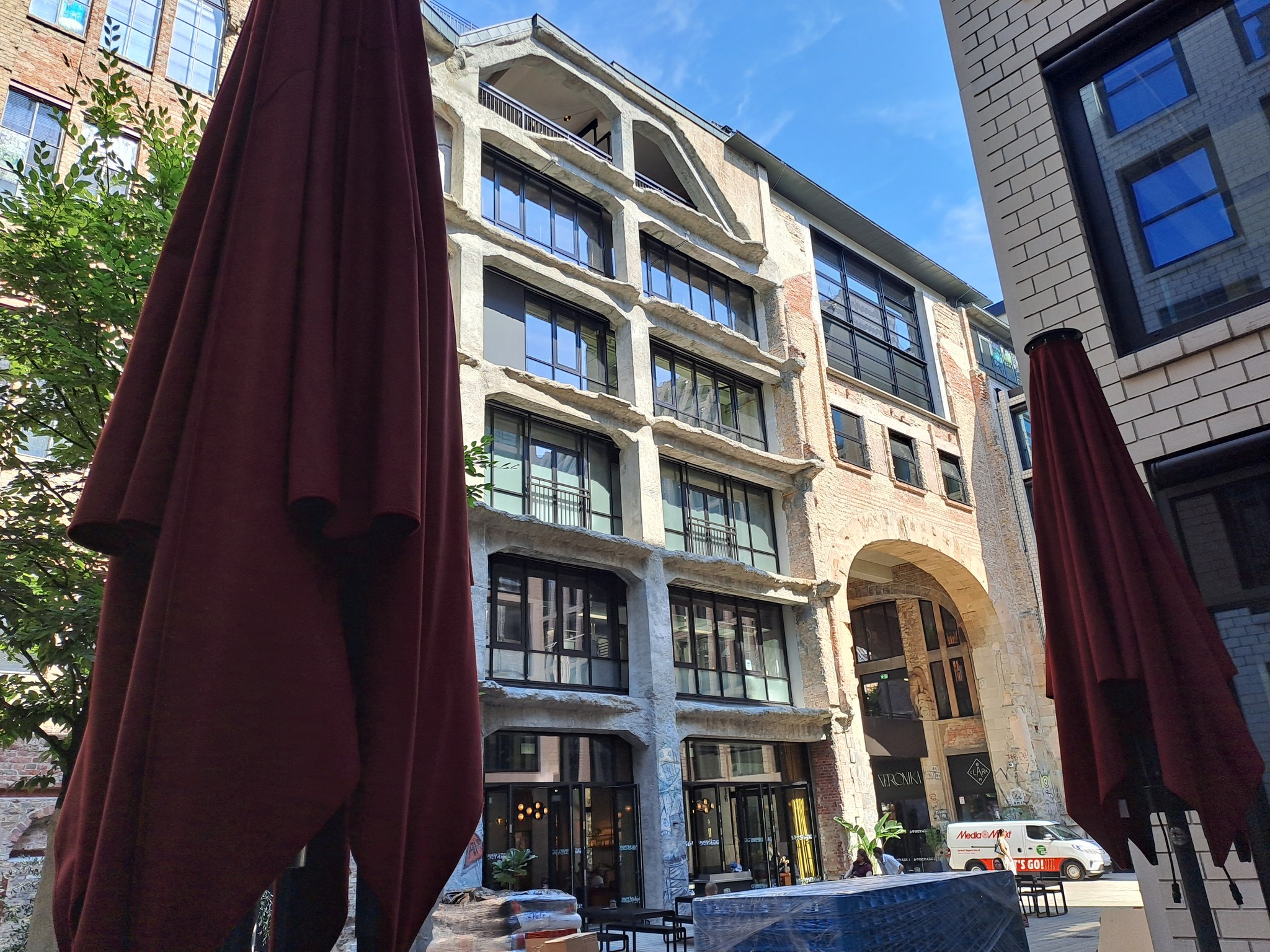
One of the first electronic dance clubs in the East was the Ständige Vertretung, located in the cellars under the Art House Tacheles. This venue was opened in February 1990 by a group of Australians who cleared the ruins of the basement of the former AEG "House of Technology," in what was then a Temporary Autonomous Zone on Oranienburger Straße, which no longer exists today.
The Art House Tacheles, named after an artists' initiative, was considered the hub of alternative art in Berlin from 1990 until its closure in 2012. Built between 1907 and 1909 using the most modern reinforced concrete construction techniques of the time, the building housed more than 100 shops and entertainment venues. From 1928 onwards, it was used by AEG as the "House of Technology." After the war, the heavily damaged building was only partially repaired.
In the 1970s, the "Camera" cinema, run by the national film archive, was installed there. Cinephiles from East Berlin could discover cinematic treasures rarely shown in the cinemas of the GDR. However, the building gradually deteriorated, and the "Camera" cinema moved out. The demolition of the rest of the building was planned for 1990.
In February 1990, squatters occupied the building, thus preventing its demolition. In the following years, the Kunsthaus Tacheles became a symbol of experimental production and an institution of the alternative cultural scene, attracting activists from all over the world. The outer walls were adorned with monumental murals, the courtyard housed steel sculpture gardens, and the staircases and corridors were covered with graffiti, posters, and stickers. Art exhibitions and performances by artists of different nationalities were organized there, with groups like Spiral Tribe and Mutoid Waste Company.
The building housed about thirty studios, exhibition spaces for contemporary art, a cinema, bars, a club, and large rooms for theatrical performances. To access the club, one had to go through a door and descend a staircase among the rubble. The dancers, dressed extravagantly according to a specific dress code for each evening, wore neither platform shoes nor reflective vests. This club became the hotspot of the East. DJs like Dr. Motte and other figures of the Berlin scene, then little known outside Berlin, took turns at the turntables.
The club operators tapped electricity from the neighboring building. A few old televisions flickered, and there were few places to sit, with most of the space reserved for the dance floor.
However, the building, with its 1,250 m² plot and central location, attracted the interest of investors. It was sold for just under 3 million marks in 1998. The artists, organized into an association, managed to sign a ten-year lease with the new owner, until December 31, 2008, thus preserving this Berlin treasure for a time.
Failing to agree with the owner on a contract extension, the artists squatted and managed the building again in the following years. In September 2012, the occupants were finally evicted, and the venue was closed amid protests.
Today, the building has been renovated and now houses various buildings including offices, apartments, and artists' studios.
- Details
- Category: "Historic Site Related to Techno Music in Berlin"
- Hits: 869
Raw
Revaler Strasse 99, 10245 Berlin
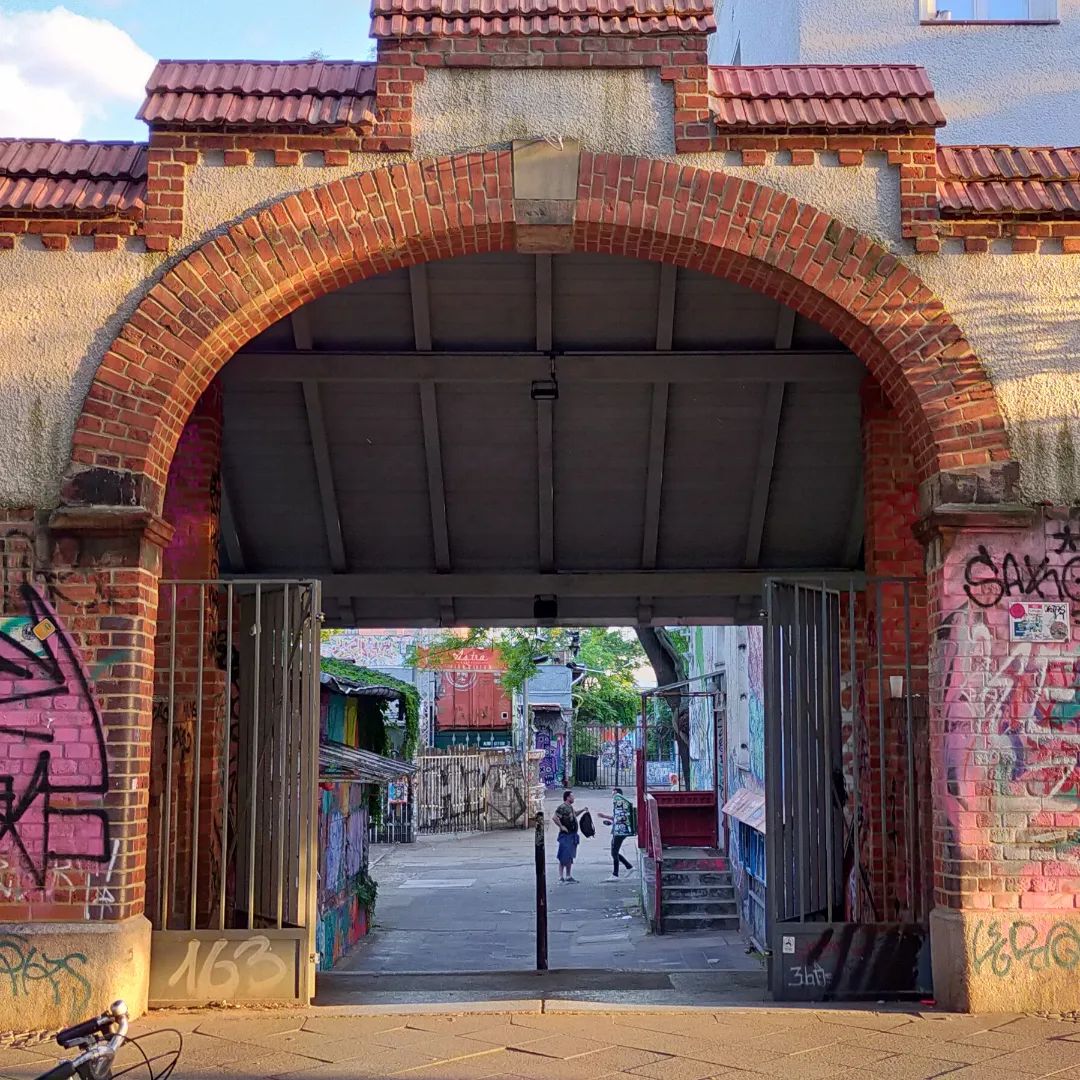
The site, formerly railway workshops, offers a variety of cultural and sports facilities, including artists' studios, concert halls and clubs (Cassiopeia, Astra, Lokschuppen, Der Weiße Hase, Urban Spree, Maaya), alternative cultural spaces (Zum schmutzigen Hobby, Emmapea, Crack Bellmer), galleries (RAW ART, Kunstakademie Friedrichshain, Urban Spree), a skate hall, a climbing space, and gastronomic areas.
The Cassiopeia club, the oldest on the site, combines underground and mainstream, with a program mainly focused on hip-hop and drum & bass.
The Skatehalle Berlin, the only indoor skate hall in Berlin, has gained worldwide fame since its opening in the winter of 2004/2005.
Located on Revaler Straße, the RAW is a hotspot for alternative culture in Berlin. Part of the site is currently threatened by real estate projects. In summer, Berliners love to gather in the Biergarten of the skatepark and that of Cassiopeia, as well as at Urban Spree.
Feel like discovering the smallest disco in the world? A Télédisko, installed in a former telephone booth, welcomes you at the heart of the RAW. Every Sunday, a flea market is also organized there.
Urban Spree
Urban Spree is a haven of peace and culture in the heart of the city, run by French people. It is a must-see place in the Berlin underground scene.
You can visit an indoor art gallery with regular exhibitions, as well as an outdoor gallery on the wall along Warschauer Straße and the walls of Urban Spree, where graffiti artists display their works.
Urban Spree is also a concert hall hosting a multitude of artists from various musical genres. In summer, the "garden" allows you to quietly sip a drink to the sound of music, whether it's live bands or DJs mixing different styles.
On Friday, Saturday, and Sunday afternoons, collectives organize events. At one time, the team from the label Aufnahme+Wiedergabe regularly offered New Beat nights, but the programming can sometimes surprise.
Feeling peckish? You can eat on-site thanks to the presence of small restaurateurs. Want a tattoo? A tattoo artist also has a shop on-site. This place is the quintessential underground spot where Berliners meet. It's not uncommon for some events to attract large crowds. The prices are very affordable, and the atmosphere is convivial. You might also run into DJs from the underground scene who come to relax.
Every year, Urban Spree hosts the Krake Festival, with a market for Berlin electronic labels, often run by big names in the scene.


